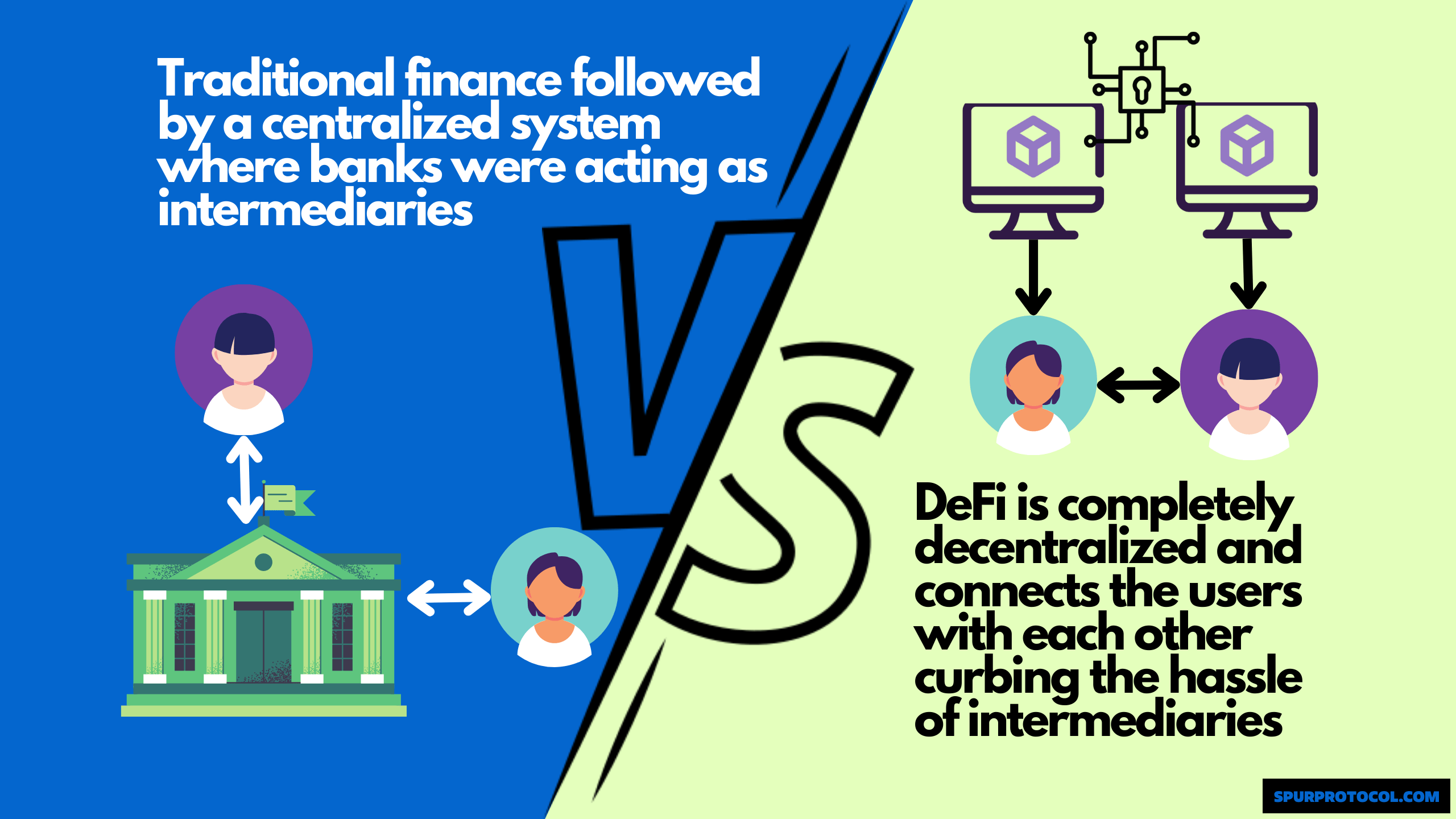How Does DeFi Differ From Traditional Finance?
Differences between DeFi and traditional Finance.
Go Back
🕒 7:21 PM
📅 May 16, 2025
✍️ By oluwafemighty
Differences between DeFi and traditional Finance.
Go Back
🕒 7:21 PM
📅 May 16, 2025
✍️ By oluwafemighty
Decentralized Finance (DeFi) differs from traditional finance in several key ways which are:
1. Intermediaries
Traditional Finance: Relies on centralized institutions like banks, brokers, and payment processors.
DeFi: Operates on blockchain networks without intermediaries. Smart contracts automate transactions and services.
2. Accessibility
Traditional Finance: Often requires identification, credit checks, and is limited by regional regulations.
DeFi: Open to anyone with an internet connection and a crypto wallet, with no gatekeepers.
3. Transparency
Traditional Finance: Operates largely behind closed doors. Users must trust institutions.
DeFi: Code and transaction data are public on the blockchain, enabling full transparency and auditability.
4. Control and Custody
Traditional Finance: Financial institutions hold and manage user funds.
DeFi: Users retain custody of their assets and interact with protocols directly.
5. Innovation and Programmability
Traditional Finance: Slow to innovate due to regulation and infrastructure.
DeFi: Rapid innovation with programmable money, enabling features like automated lending, staking, and yield farming.
6. Costs and Speed
Traditional Finance: Involves higher fees and slower settlement times (especially for cross-border payments).
DeFi: Typically lower fees and near-instant settlements, though this can vary depending on blockchain congestion.
In short, DeFi aims to create a more open, inclusive, and transparent financial system using blockchain technology.
I hope you learn something new
Good luck 🫶